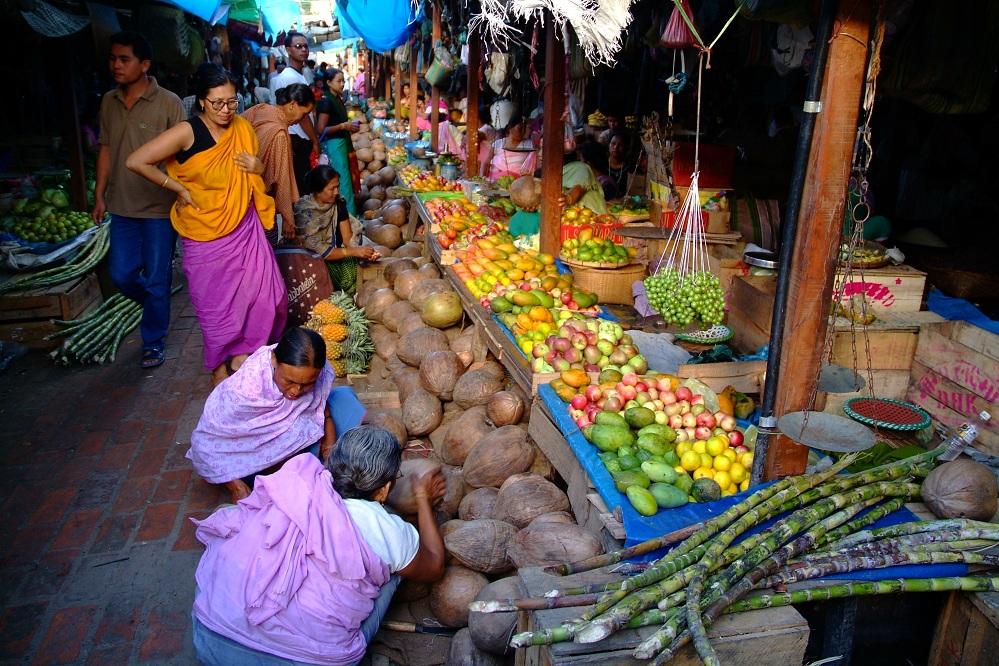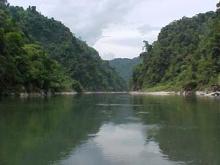Rurality is a context where people define their roots. Any person from a rural background can survive in the toughest of living conditions. Women in the rural context have a major part to play. Rural India lives through the essence of culture, community and cohesion. Women in rural India have been the silent custodians of such cohesive co-existence of culture and community. Rural is often interchangeably used with remoteness which creates an exclusive space for the identity of a person belonging to rural area. Women specifically have to position themselves very strategically when it comes to rural in India. Even though there is a common perception that women in rural areas are bonded, marginalised, discriminated and excluded from mainstream education, development and employment avenues which benefit urban women, the reality is gradually transforming. Even though the geographical hardships, socio-political dominance and infrastructural lacunas position rural women on unequal equations with other women, yet her spirit of endurance and engagement empowers her. Women in rural context have a very strong community support system which protect, provide and support them in every stage of their lives. Rural women have a sense of collective spirit to strengthen them structurally and institutionally. In India women collectives for income earning activities and social practices have always been a stable strategy for gender inclusion, gender justice and empowerment. Rural women play a triple role in homes, fields and homesteads and also in community institutions which strengthens their agency in any global or local platform. Rural women are not a homogenous identity but it entails a multiplicity of diverse identities which remain suppressed within the larger idea of a woman.
Rural women are the voters, providers of food crops for families and at times for the markets as well. They are the weavers, potters, handicraft makers, livestock nurturers, poultry and fishery owners. They contribute immensely in food procession, production and promotion through most affordable means. Rural women also contribute towards domestic work in metropolitan cities, towns and suburbs to ensure stable urban homes. Rural women have played a major role in getting adequate livelihood skills for small enterprises, home based livelihoods and also in educating their children for future progress of their community and village. When I was located in rural Madhya Pradesh for work, I observed the specific skills of patch work which rural women acquired through external inputs and managed to run their homes by making a range of fashionable clothes and household linen for a rural brand called Kumbaya. In the same light I noticed how rural women in Kutch district of Gujarat were expert embroidery makers, plastic bag weavers, jute and organic cotton weavers, clay pot artists and natural dye makers who managed their family needs and saved enough money to educate their children. In rural Thailand also most recently, I happened to live with a rural family in Nong Tao village in Chiangmai province as a part of a course. Here I saw that rural women contributed towards the home based coffee enterprise. They were skilled coffee growers and supported their male partners in the business equally. They also participated in community forest ceremonies and other cultural activities. They managed their homes, young children and elders with great care and concern apart from taking time out for themselves to rest and refresh. In North Bihar, rural women work tirelessly in their fields and manage to study hard for their careers. When I worked for a short period with Apne Aap Women Worldwide, I observed that rural women managed to rescue young girls from trafficking networks, engage in learning new computer skills; work in community based institutions and also contest elections. In rural Nagaland and Manipur, I noticed rural women collectivising to buy land for group activities, grow fruit trees and engage in farming vegetable crops for additional cash incomes. Rural women in Nagaland have formed SEWA groups to ensure adequate flow of resources, rights, training, information and support in times of need. Such collectivisation of rural women has given the women a sense of confidence, power to negotiate for better livelihood conditions and recognition within the community constructs.
Some rural women in rural Telangana, Nagaland and Meghalaya are engaged in communication and audio-visual documentation practices through diverse local and global organisations like DDS, NEN Nagaland, NESFAS and Insight share. They are using visual communication tools to share the stories and lives of rural women bridging the gaps left by non-literacy, translated language and judgemental interpretations. Such initiatives are crucial processes to address gender inclusive approach in ensuring sustainable development goals. Rural women’s access to appropriate rural technology, necessary mobile, mechanical and utility skills, internet access and functional spoken and written language skills can further strengthen them in every walk of life. On the occasion of International day for Rural Women October 15, 2017, I salute the resilience, resourcefulness and reassurance which rural women in different parts of the world provide towards every woman irrespective of her diverse contexts.
Photo: Women taking matters into their own hands – Ima Market by Ashish Chopra






Add new comment